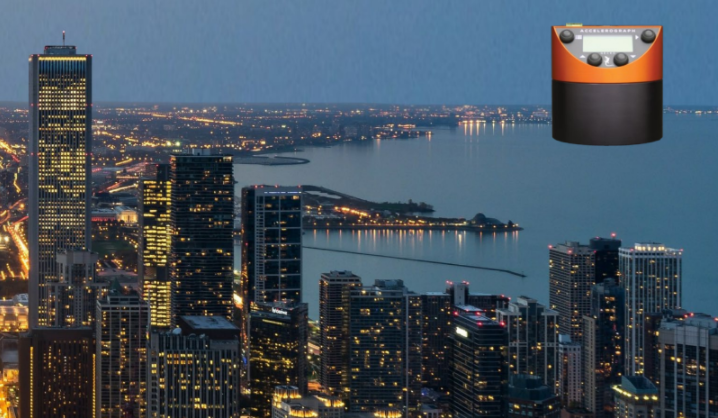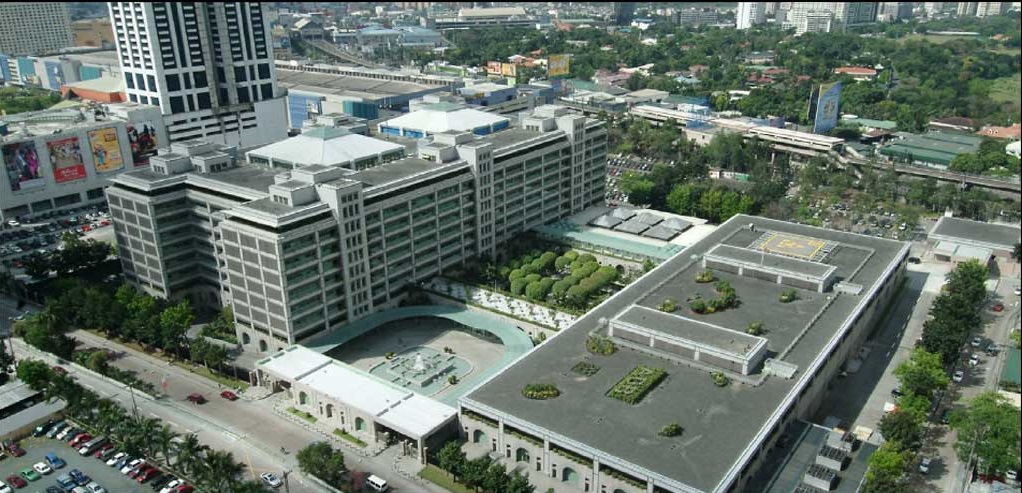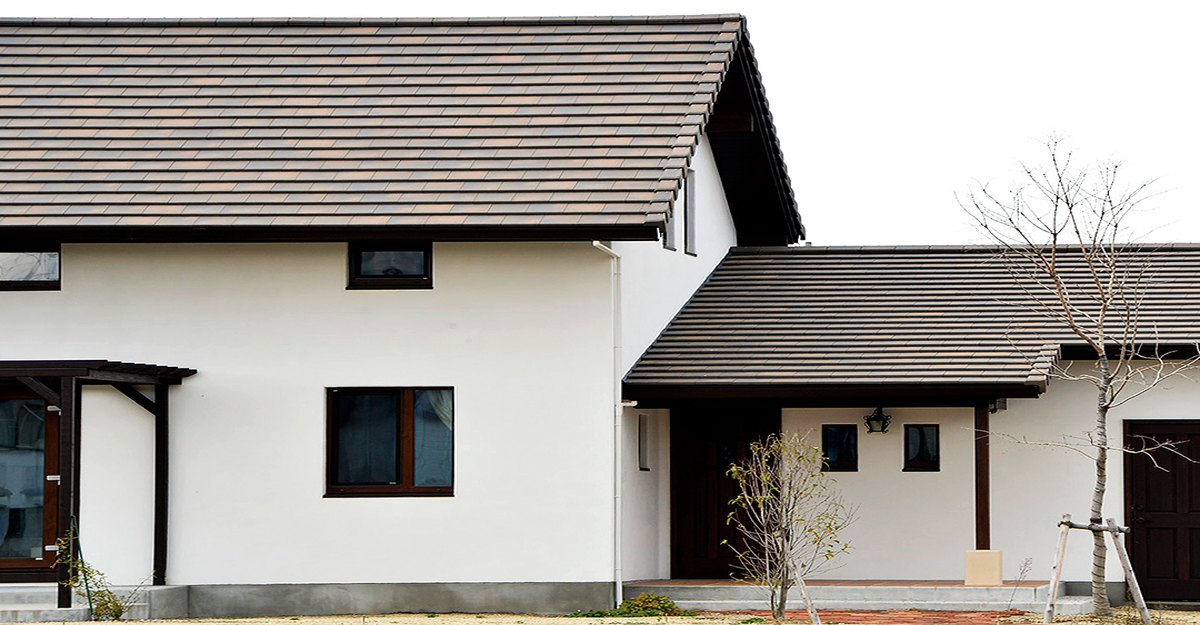A Guide to DPWH’s Rules On Earthquake Recording Instrumentation for Buildings
Feb 24, 2022 | Multi-Line Corporation

What do you need to know about the DPWH’s rules on earthquake recording instrumentation for buildings?
- Purpose of the guidelines
- Buildings that need ERI
- Specifications of the ERI
- Location and installation of the ERI
An earthquake recording instrument is required for buildings located in Seismic Zone 4 (which is practically the entire Philippines, except Palawan and Tawi-Tawi which are situated in Seismic Zone 2). The cities and municipalities in Seismic Zone 4 are located within 200-km radius from Type-A faults, which is a high seismic hazard zone. The earthquake recording instrument can record any seismic activity, so our engineers and local authorities can gain an understanding of the behavior of structures when it is exposed to an earthquake. This information can be used to improve building design and the safety provisions of local and national structural codes and thereby reduce the loss of lives, limbs, and property damage when a damaging earthquake occurs in the future. Keep on reading to learn about DPWH’s rules on earthquake recording instrumentation in buildings.
Purpose of The Guidelines
The requiring of installation and use of earthquake recording instruments (ERI) are not new. It was first required in the National Structural Code of the Philippines (NSCP) 1992, a law that provides standards that builders use to ensure the structural safety of buildings. This was also emphasized in the 2001 and 2010 editions of the NSCP.
The Guidelines and Implementing Rules On Earthquake Recording Instrumentation for Buildings were developed by DPWH in accordance with Section 102 of the NSCP. The objectives of the DPWH guidelines are as follows:
- To primarily safeguard lives.
- To achieve a clear understanding of the actual dynamic behavior of buildings or structures under earthquake loading.
- To confirm the structural design parameters to be used or to be adopted in compliance with the NSCP provisions.
- To use the accelerograph in mitigating secondary disasters by setting off alarms at specified intensity levels and triggering automatic switch-off of utilities such as gas lines, electric power lines and elevators in the event of a high-intensity earthquake.
- To use the recorded data as a basis for the government’s earthquake disaster mitigation and rehabilitation strategies.
The data recorded can help improve the safety provisions of structural codes in the Philippines. This can help reduce the loss of lives, limbs, and damage to properties in case of major earthquakes in the future.
Buildings That Need ERI

Buildings that need to install ERI in compliance with the guidelines are as follows:
Government Buildings
- Hospitals, schools, and buildings that are more than 50 meters in height – three (3) accelerographs are required.
- Hospitals with at least 50-bed capacity but not less than 3 storeys – one (1) accelerograph is required.
- Schools with at least 20 classrooms but not less than 3 storeys – one (1) accelerograph is required.
- Provincial, City, and Municipal halls and buildings – one (1) accelerograph is required.
Private Buildings
- Buildings that are more than 50 meters in height– three (3) accelerographs are required.
- Hospitals with at least 50-bed capacity but not less than 3 storeys – one (1) accelerograph is required.
- Schools with at least 20 classrooms but not less than 3 storeys – one (1) accelerograph is required.
- Commercial buildings with an occupancy of a minimum of 1,000 persons or have a gross floor area of 10,000 square meters or more – one (1) accelerograph is required.
- Industrial buildings with an occupancy of a minimum of 1,000 persons and have a gross floor area of 10,000 square meters or more – one (1) accelerograph is required.
Specifications of The ERI
The buildings listed above must only use ERI that comply to the required specifications listed on the guidelines set by DPWH.
For instance, the accelerograph must be tested by a recognized international testing laboratory. The seismic activity information must be recorded and stored in a built-in recording media. The instrument must be equipped with fault detection and can provide real-time alarm information during an earthquake. To ensure continuous operation, the instrument must be equipped with a battery back-up.
These are just some minimum specifications. There are also requirements when it comes to recording, timing, triggering, power, and communication. For a full list, you can consult the guidelines.
If you’re looking for an ERI that is compliant with the DPWH specification requirements, you can check out the Gecko SMA, which is manufactured by ESS Earth Sciences Pty Ltd. From the accelerograph, recording, timing, triggering, power, and communication specifications — the Gecko accelerograph complies to all the specification requirement. For this reason, it is the preferred option by building professionals.
The Gecko Accelerograph has been used in large projects, such as the Unilab building and the Asian Development Bank in Mandaluyong City.
Location and Installation of The ERI

It’s important to maintain clear access to the ERI, so it can be reached easily by qualified service technician. Other than that, the instruments must be placed in a small, seldom-used room or closet near a column. These locations must be unobstructed by room contents and have adequate space to securely mount the instrument and it must be provided with a protective enclosure.
For buildings with 3 or more accelerographs, the instruments must be networked together so that they can function in unison. The instruments should be located in the following areas:
- Ground floor or lowest basement
- Middle floor
- Floor below the roof
This allows the instruments to record the right information of how a building responds when a major earthquake occurs.
Key Takeaway
In this guide, you have learned the key points of the DPWH rules on earthquake recording instrumentation in buildings. In the full guidelines, you can read more on the definition of terms and acronyms, the complete list of standard specifications when choosing an ERI, and more instructions regarding data retrieval, storage, testing, inspection, and maintenance. If you’re interested, you can see the document here.
For building consultants and professionals that are looking for an earthquake recording instrument compliant with the DPWH specification requirements, you can contact us here at Multi-Line.



